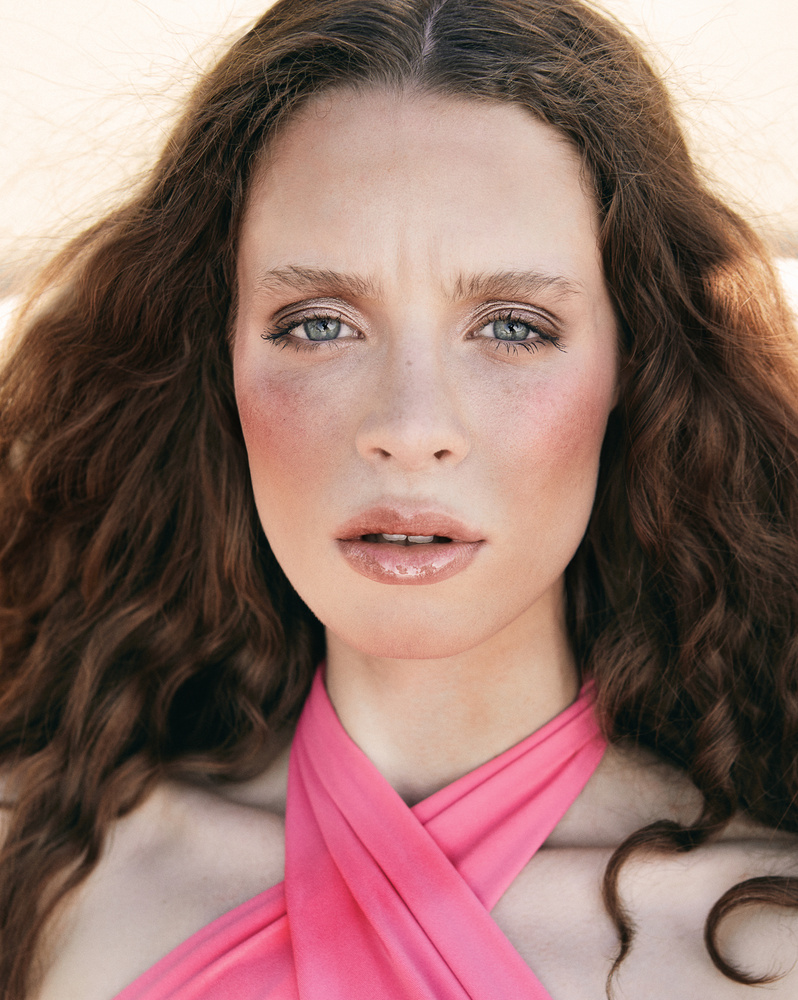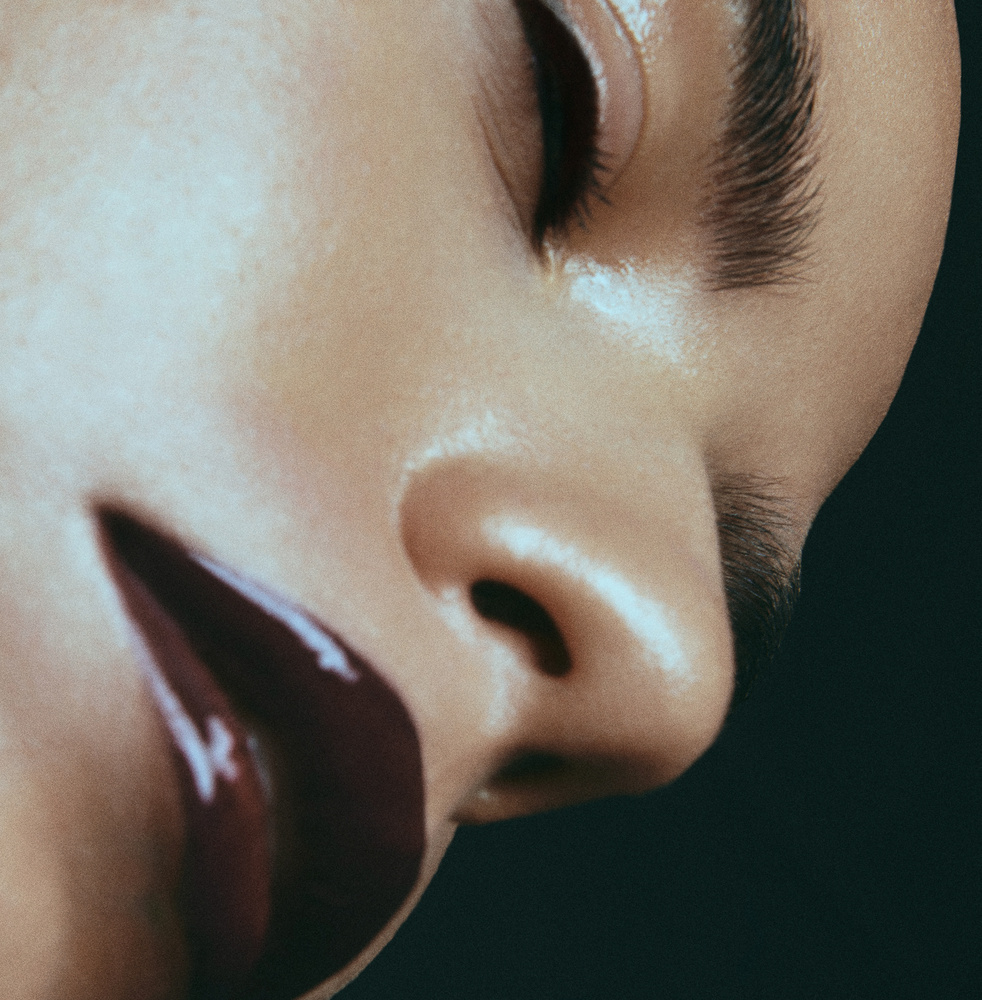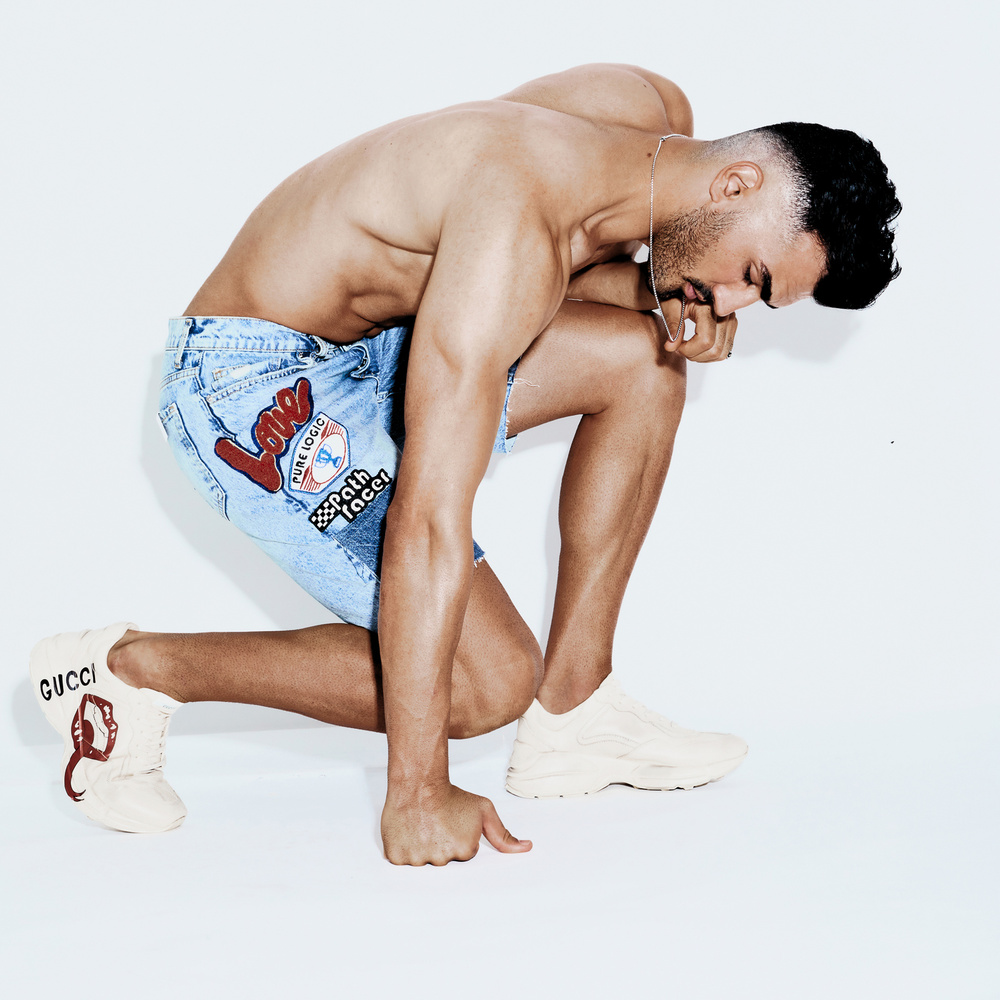As a professional photographer, I use quite a lot of different gear to make my photographs, from cameras to lenses, to tethering stations and solid state drives, and lights. In this series of articles, I will tell you exactly what gear I use and why, starting off with cameras and lenses.
The camera and lens combo that you use will definitely have an impact on how your images look. Essentially, it is the centerpiece of taking pictures. Without an image-capturing device, you can’t be doing any work.
Camera Bodies
Canon 5D Mark IV
The last of Canon’s 5D series, this DSLR was released in 2016. It shoots 30.1-megapixel images, which are plenty to capture detail. The low-light performance of the camera is also pretty awesome, even in 2022. In my opinion, you can push the camera to ISO 12,800 and get acceptable images. If you are going beyond that, you are probably shooting in the darkness. I went as high as ISO 6,400 for large print work, and no one batted an eye. The 5D Mark IV is a full frame camera, meaning that it produces images with better color depth and accuracy. Personally, I prefer shooting on a full frame sensor, as it sits in the perfect sweet spot between expensive medium format and crop sensors.
The 5D Mark IV is a camera that I use most of the time for work that won't benefit from extreme detail. This may be a magazine shoot or a social media shoot for an influencer. If I know that the image won’t be cropped significantly, I also reach for the 5D Mark IV. Another use for the 5D Mark IV is casual photography. While by no means being a camera I bring every day, it is the body that comes on trips and other personal occasions.


The 5D Mark IV is also the camera I use for video work. While it is easily beaten by anything Canon has put out after, especially the EOS R5 or even the R6, it is still acceptably good for shooting talking head, workshops, or anything that doesn’t require high frame rates. It is an excellent B camera, especially with C-Log installed. Because the video work that I would normally shoot on the 5D Mark IV wouldn’t necessarily need a crazy color grade, I did not bother installing it. Simply said, projects that don’t have the budget to rent a video rig are done with the 5D Mark IV. Those clients don’t look for a cinematic award-winning grade by a colorist. They look for a video.

If I know I am doing professional work and I can only bring one camera body for whatever reason, the 5D Mark IV is the body I am taking. It combines both adequate video specs that I can film a small-scale commercial on as well as good all-around photo specs that will get most, if not all, jobs done.
Canon 5DS
When the job is more demanding in terms of image quality or I know that I will be doing a fine art print of the image, I tend to switch to the Canon 5DS. This camera has its own quirks, it is far more niche in terms of application, and the conditions have to be perfect. I see using the Canon 5DS as using a Hasselblad: for the finest work, with the finest conditions.
Because the camera is so high resolution, it is naturally not that good of a low-light performer. There is a reason it is called the 5DS: to be used in the studio. The most usable ISO on this camera is 800, although because my images are often enhanced with grain, I don’t mind pushing the camera beyond. Another important thing to know about a camera that works with such high resolution is that it captures incredible detail, including focus that is slightly off, blur, chromatic aberration, sensor dust, and other imperfections. The technically best images that I got with the 5DS were shot entirely with high-end flash in the studio.

 This is a stills camera, despite it being able to shoot video. This may be the last camera you want to use to shoot video. Pick the much older but cheaper 5D Mark II to shoot video or invest in something that isn’t a video potato, such as the EOS R5.
This is a stills camera, despite it being able to shoot video. This may be the last camera you want to use to shoot video. Pick the much older but cheaper 5D Mark II to shoot video or invest in something that isn’t a video potato, such as the EOS R5.
Lenses
I bought into the hype of the “holy trinity” of lenses, as you can very well see from my list. It is a good lens collection, but if I had to buy my lenses all over again, I would do it differently. Stay tuned for that article. It will come out soon. But, let’s talk about the lenses.
Canon EF 16-35mm f/2.8 II
This is the least used lens in my arsenal. I tend to get it out when I am shooting full-body images and want to go a little bizarre with the angle. Usually, this lens is used for 4K video on the 5D Mark IV, as the camera crops video output. Below, you can see a few images I made with the 16-35mm f/2.8, primarily at the wider end of the zoom range.
There isn't really much I can say about this lens, as it doesn't get much use. If I'm being honest, I would probably sell this lens if there weren't select times when the wide angle distortion is exactly what I need. Today, I would get the 11-24mm f/4 or even the EF 8-15mm Fisheye f/4, as I quite like the aesthetic.
Canon EF 24-70mm f/2.8
This lens deserves a separate article, as it has shot pretty much all of my portfolio and my commercial stills. To be frank, when I purchased it, I was quite underwhelmed, as I saw a boring lens that didn’t give an exciting wide angle or smooth bokeh at the telephoto end. The zoom range was not that impressive either compared to a 24-105 f/4 IS.
I use this lens primarily in the 45-55mm range. This isn’t an intentional choice, but rather a subconscious one. Of course, I do use the lens at other focal lengths, but it is much less often. This lens is rather old, but not the oldest in my arsenal. While it is good for both video and stills, it is not the sharpest or most accurate by any means. If you want ultimate performance, look away from Canon and towards Zeiss. They are renowned for their performance. Yet again, try to justify this upgrade, because the trusty Canon zoom from the last decade will do most jobs. That said, I will upgrade my 24-70mm when my current one completely fails. So far, it has dents all over the body, it has taken a lot of physical abuse, and I can’t quite zoom to 70mm on it anymore. Nonetheless, the aperture works, the zoom range mostly works, and the weather-sealing, well, let’s not test that. I have had it in the snow in Finland, and it worked fine. It has also shot under pouring rain and in scorching heat. The reliability of this lens, even though I bought it used, is out of question.
Canon EF 70-200mm f/2.8 IS
This is the second most used lens in my setup. Usually, I use it when I need to get extra far with video or relatively close for beauty work. I rarely use it for portraits or full body, though. This lens is great at giving you the ability to shoot from far away, but I always consider it carefully before taking it out for beauty work. The reason for that is simply because I like everything in focus, and the 70-200mm does not always give me that ability, especially past 150mm, even at f/11. If you’re shooting pretty macro, I would advise staying away from using the 70-200mm, and switching to a 100mm Macro or a 24-70mm. While it sounds counterintuitive, a shorter focal length grants you more depth of field, hence more of your image being in focus. I am talking about all the millions of beauty images where the tip of the nose is nowhere near being in focus. Overall, this is a lens I also use pretty rarely, mostly on location, and when I can’t get close enough to my subject, which is also rare.

Closing Thoughts
As you can see, if I could only own one body and one lens to shoot all my work, I would go for the Canon 5D Mark IV and a 24-70mm f/2.8. If you are reading this article in search of advice on what gear to buy and are absolutely set on getting something new, buy the Canon EOS R5 and an RF 24-70mm f/2.8 and never look back. As boring as this combo is, it is the most useful one.







Looks like you have the same lenses that most pro/serious photographers have had for 25 years.
Do you have any oddball lenses?
beautiful shots !
Thank you!
I second the recommendation for the 5DIV, I've used two for the past five years and they've never disappointed. I specialize in Food images and my main lenses are the 100Macro L and 50L but I also use the 70-200/2.8LISII from time to time.
The second photo is my favorite.
"is a full frame camera, meaning that it produces images with better color depth and accuracy."
Utter nonsense.
Well if you simply say so, it must be true.
Generally if you are shooting at anything above the base ISO, then the statement does hold true.
https://www.dxomark.com/Cameras/Compare/Side-by-side/Canon-EOS-5D-Mark-I...
If you plan to do any kind of post processing, then full frame holds a major advantage, especially above the base ISO.
Based on DxO's unexplained "bits" of "colour sensitivity?" Where the A6500 outperforms the 5D IV at ISO 1600 and below?
The Smart For Two car beats the current Honda Civic for fuel economy, at speeds below 55MPH, it doesn't make it a better car than the Honda Civic.
For cameras that I picked for the DXOmark comparison, as soon as you leave the base ISO, the full frame does significantly better almost every category, while performing extremely close in the "color sensitivity" (basically how well it handles color gradients in a state of isoluminance) up until around ISO 1600, though it is a category that is not well noticed outside of synthetic tests since people tend to export to formats that are more constrained in those areas anyway, While the most noticeable aspects (SNR), if far better on full frame.
Beyond that, outside of studio work, it is hard to control everything such that you can do all of your shooting at the base ISO eventually you will encounter a situation where you need to increase that ISO above 100.
None of those things have anything to do with color accuracy. The article didnt make a claim about SNR, it made a claim about color accuracy.
Even in that area, there is a benefit to color depth and accuracy, especially at higher ISO.
While DXO doesn't put them through a test comparing them to a reference standard, you can easily see the benefits of accuracy if you look at the DPreview test charts.
https://www.dpreview.com/reviews/image-comparison?attr18=daylight&attr13...
Pick a few cameras and begin cranking up the ISO.
The article isn't about the advantages/disadvantages about Full Frame cameras vs cropped cameras. Maybe he could've left out the sentence. I own the 3 popular sensor sizes (M43, APSc, FF) and think Full Frame cameras have more dynamic range. They're able to capture more details in highlights and shadows. So yes that translates to color depth.
Does that mean in ALL conditions FF will be better than M43? No. Given good, controlled light they should all perform similarly. But looking at the photos, he doesn't always shoot in-studio. For these situations I'd also reach for the FF rather than my M43.
In the end, to each their own. I use my M43 for portability (GX85, EM1 M2) and FF (R5) for birding.
I use two camera bodies in my professional work: Fujifilm X-H1 and XPro3, along with three lenses 16mm f/1.4, 35mm f/2.0 and 50-140mm f/2.8.
I chose these for the compact system benefits. The entire equipment + Godox flashes, and a drone fit in a single backpack.
I do weddings, sports photography and studio assignments. My pictures have been published in newspapers, on television, and by National Geographic.
I have also tested Canon, Nikon, Sony and Hasselblad brands. I love them all, and they are all easy to use.
The most important thing about photography is what you have between your ears.
While I have done quite a few paid gigs, I am by no means a seasoned professional. I see that most photographers regardless of Body and Brand always use the 24-70 2.8 as their prime pick. That is what pushed me to pick up the Sigma 24-70 2.8 for my Sony A7IV, and I must say to anyone new to photography. Get this lens. It spends the most time on my camera and is simply superb. The versatility and sharpness is beyond incredible. Great article.
Nice article. I have nearly the same setup for landscape work. I have the 5DSR. In fact I have two. I’ve heard all of these problems about images with the camera. I’ve not experienced them. I even shoot some wildlife at ISOs around 2000 in lower light. I just returned from a cruise to Antarctica where I did a lot oh handheld shooting with a 100-400. The images are tack sharp and brilliant.